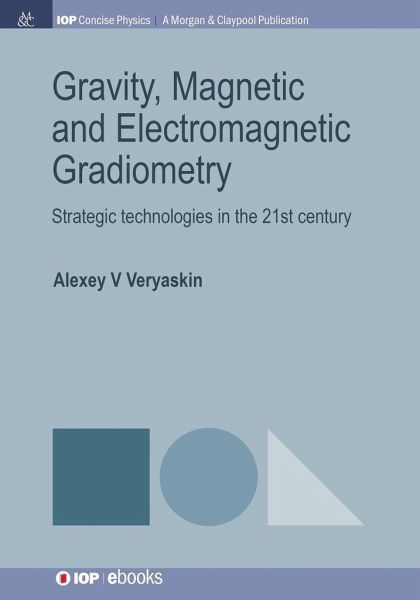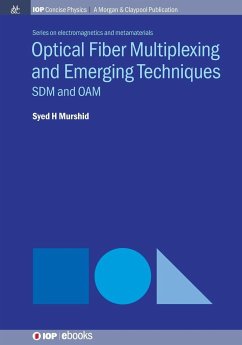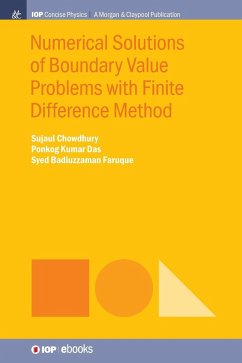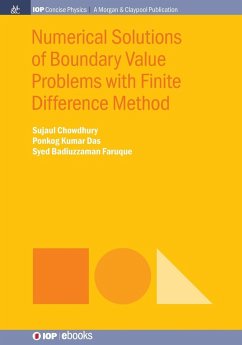
Gravity, Magnetic and Electromagnetic Gradiometry
Strategic Technologies in the 21st Century
Versandkostenfrei!
Versandfertig in 1-2 Wochen
46,99 €
inkl. MwSt.
Weitere Ausgaben:

PAYBACK Punkte
23 °P sammeln!
Gradiometry is a multidisciplinary area that combines theoretical and applied physics, ultra-low noise electronics, precision engineering, and advanced signal processing. All physical fields have spatial gradients that fall with distance from their sources more rapidly than the field strength itself. This makes the gradient measurements more difficult. However, there has been a considerable investment, both in terms of time and money, into the development of various types of gradiometers driven by the extremely valuable type of information that is contained in gradients. Applications include t...
Gradiometry is a multidisciplinary area that combines theoretical and applied physics, ultra-low noise electronics, precision engineering, and advanced signal processing. All physical fields have spatial gradients that fall with distance from their sources more rapidly than the field strength itself. This makes the gradient measurements more difficult. However, there has been a considerable investment, both in terms of time and money, into the development of various types of gradiometers driven by the extremely valuable type of information that is contained in gradients. Applications include the search for oil, gas, and mineral resources, GPS-free navigation, defence, space missions, medical research, and some other applications. The author describes gravity gradiometers, magnetic gradiometers, and electromagnetic (EM) gradiometers. The first two types do not require any active sources of the primary physical fields whose gradients are measured, such as gravity field and ambient magnetic field. EM gradiometers do require a primary EM field, pulsed, or sinusoidal, which propagates through media and creates a secondary EM field. The latter one contains information about the non uniformness of electromagnetically active media such as conductivity and magnetic permeability contrasts. These anomalies are the boundaries of mineral deposits, oil and gas traps, underground water reserves, buried artifacts, unexploded ordnance (UXO), nuclear submarines, and even cancerous human tissue. This book provides readers with a comprehensive introduction, history, potential applications, and current developments in relation to some of the most advanced technologies in the 21st Century. Most of the developments are strictly controlled by Defence Export Control rules and regulations, introduced in all developed countries that typically require permission to transfer relevant information from one country to another. The book is based on the materials that have been available in public domain such as scientific journals, conferences, extended abstracts, and online presentations. In addition, medical applications of EM gradiometers are exempt from any control, and some new results relevant to breast cancer early detection research are published in this book for the first time.














